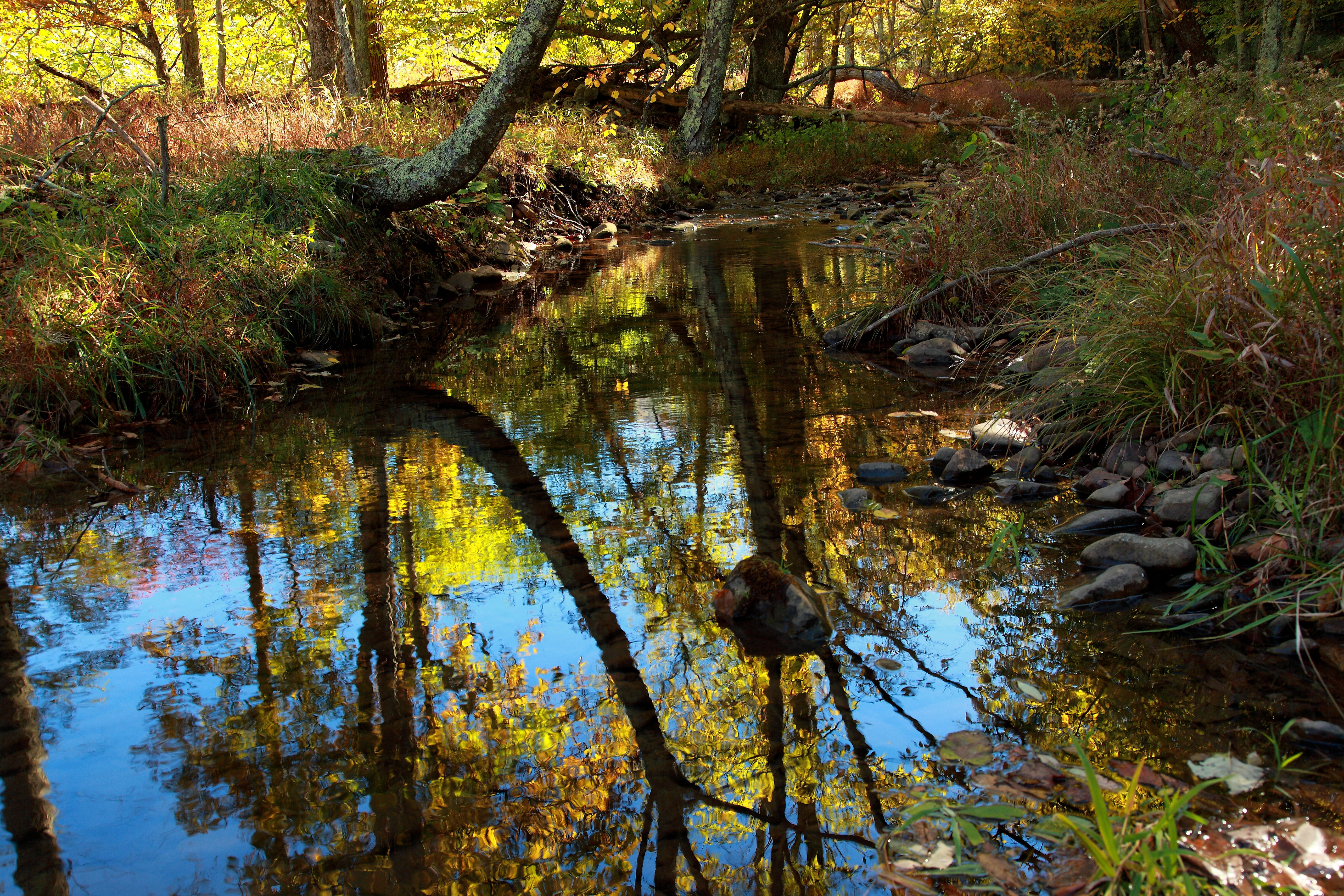

What Are All Those Old People Doing Out Here?īut it’s still kind of laughable how awkward some young hikers are with older folks. And meeting them reminded me of others I’ve met along the way. Smokestack, Black Dog, Beard, Siren, Squirt, and Witchdokter – you guys are all right. Well, over the past two days, the trail provided a string of articulate 20-somethings who are a credit to their generation, so I apologize. They drop f-bombs the way my generation used “man,” or “um.” It’s not like hearing that ruins my day or anything, I just find it jarring and unpleasant. It’s just the way certain hikers converse. Guy: F yeah, I f-ing filtered this morning at the f-ing shelter.Other Guy: What the f? I just got out my f-ing filter.Guy: Are you filtering the f-ing water?.That thought occurred to me after overhearing yet another conversation that went something like this: An Apology to 20-SomethingsĪ few days back, I wrote a snide comment about 20-somethings being unable to express a thought without using the f-word. If not, I’ll wait until the fall, though I’ve heard that Shenandoah National Park gets busy when the trees turn. If I can get campground reservations the week after Harpers Ferry, we’ll come back and hike it right away. I really don’t want to risk leaving any part of the AT undone. Then again, drumming up the motivation to hike anything after Katahdin and being away from home for six months might be a challenge. We’ll need to drive back to Chattanooga to pick up Roux from doggie reform school, and when we do, I hope to drive Skyline Drive and the Blue Ridge Parkway instead of the Interstate Highways. I’m leaning toward finishing Virginia right away, but hiking the Shenandoahs at the peak of fall color could be epic. The Shennies in the Fall?Īfter that, we’ll either return to Rockfish Gap and hike the Shenandoahs or save the Shennies until after I summit Katahdin. I’d given them the option of hiking the Shenandoahs with us, but they’d already arranged their trip around the Harpers Ferry segment and were excited about seeing that section of the AT. Then, we’ll need to leave the trail again for a few days for my brother’s memorial service in Indianapolis, returning to Harpers Ferry just in time to meet my college roommate and his wife. After we get back from San Diego, I think we’ll skip ahead to Front Royal and hike the ~50 miles from there to Harpers Ferry over three days. Overnight, my thinking gelled about our upcoming itinerary. If God smiles on us and our hike continues, I at least have a plan for the next few weeks. My knees and hips are excited to escape the abuse for a few days. I’m excited to see my kids and celebrate my son’s milestone. But whatever happens next, we know we won’t be on the AT for at least four days. Illnesses, van problems, a bad fall, family issues, ticks, snakes, poison ivy… any day can be the last one. Hopefully not, but if I’ve learned anything over the past two weeks, it’s to not assume anything about what will happen tomorrow. Still, Gus and I hiked out under a dark cloud, thinking that today’s hike might be our last one on the AT. Later, when I woke her to let her know Gus and I were heading out, she said she felt better than last night but still had some of her symptoms. The Resilient by Design | Bay Area Challenge has enabled examples of the type of timely, inspired, empowering planning needed to face the challenges of climate change, as project teams seek to build preparedness before disaster strikes while going beyond a narrow fix towards a broader, beautiful transformation of landscapes and livelihoods, informed by the input of local people.When trucks started rolling past the van about 5:30 a.m., I climbed out of bed and drove back to the Humpback Ridge Picnic Area, figuring Northstar would appreciate the quieter location as well as a nearby public restroom. By exploring design solutions that would provide multiple additional ecological and community benefits and amenities, they seek to improve the resilience and lived experience of place. The Resilient South City project led by the HASSELL+ team as part of the Resilient by Design | Bay Area Challenge is opening hearts and minds to an approach that goes beyond flood control. The rising risks of a changing climate, including the rising severity of storms and rising sea-levels, might further fuel the tendency to treat the creek like a foe and scale up the walls that try to divide the city from the water. Most of Colma Creek is a city creek now, straightened out and hardened, the consequences of becoming an urbanized watershed managed by minds that feared foremost the ravages of floods and forgot the need to keep people intimately connected with local waters.


 0 kommentar(er)
0 kommentar(er)
